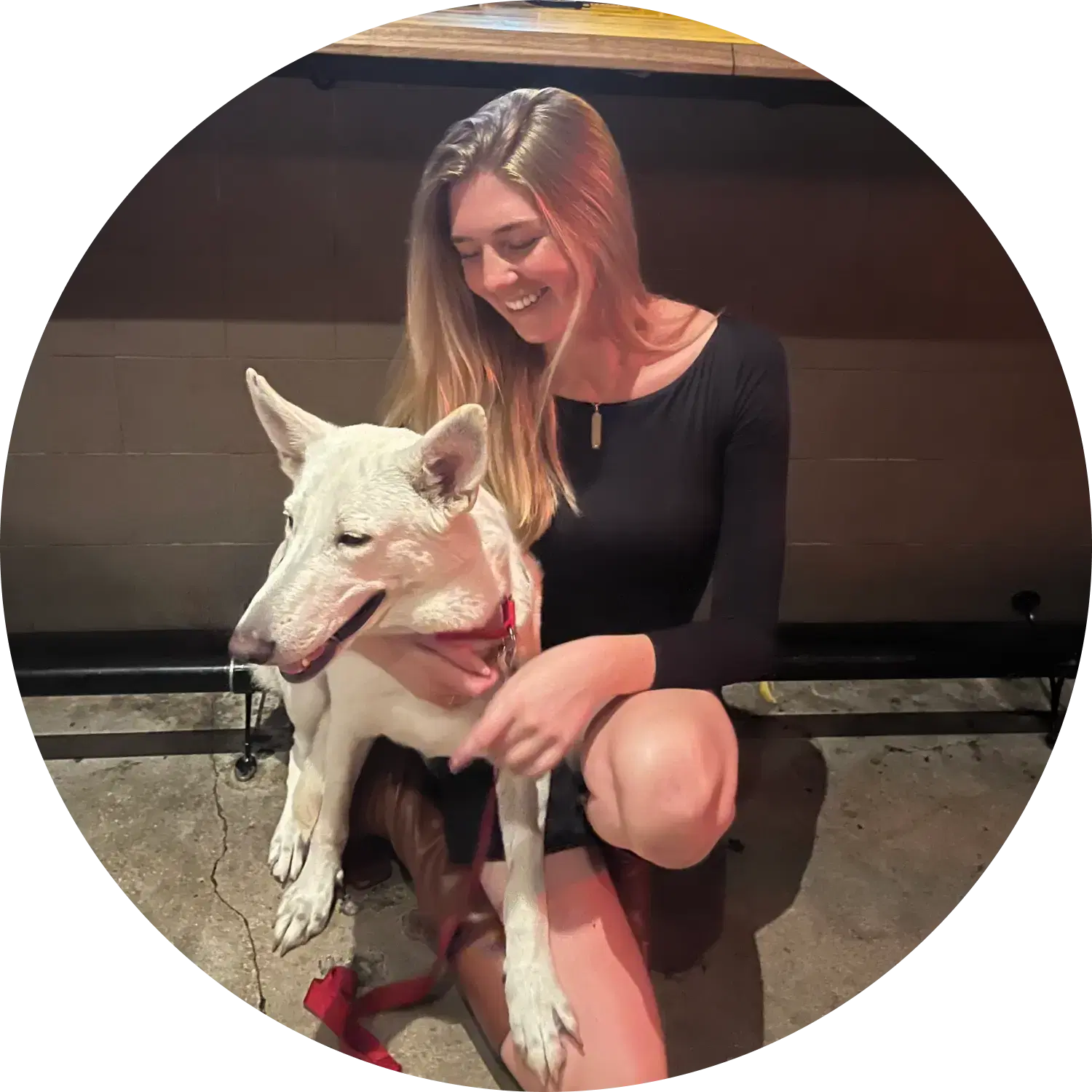Pain, sadness, hurt feelings, broken dreams, failed love and all the inevitable parts of life are what makes us human. But we are talking about dogs here. There may not be broken dreams but there is surely pain and sadness in their life as well. Well, the emotional pains have different ways of treatment which even we humans are yet trying to figure since all these thousands of years. But fortunately, the physical ones, we have been able to treat for us as well as for our loved pets. So the answer to can pain be reduced or eliminated for dogs is a big Yes! Before we go to solutions, let us understand the reasons of pain in dogs.
Common Reasons for Dog Pain
When it comes to dogs, or any other animal for that matter, the divine has made us all prone to some or the other kind of pain. Pain can come from a lot of sources to dogs.The common reasons for a dog to experience pain are –
Limp or a cut
Cancers of bone
Infections in the bladder
Inflammation on the skin
Kidney or bladder stones
Severe sunburns with blisters
Arthritis
Periodontal disease
Dental issues – usually toothaches
These are just the common reasons for physical pain. There can be several other causes.
Symptoms of Pain in Dogs
When God created the tendency to feel pain, for us humans he gave the ability to express it in words and tell exactly what and where we are feeling what we are feeling. Unfortunately, dogs may not have the same benefit. Although they have their own language but to an average human its not understandable. But god had thought it through and gave our dogs the ability to express pain in different ways, using non-verbal communication. And when we observe dogs properly, we can hear them and feel them. Some common signs and symptoms of a dog experiencing pain are –
Increased heart rate
Fast breathing
Whining or yelping
Flinching
Trembling
Behavioral changes
Limping
Decrease in energy while doing daily tasks
Sleeping more or less than usual
Growling or biting when touched on the affected part
Swelling in specific areas
Dull looking eyes or a discharge from the eyes (Can even be tears)
Based on the breed or the severity of pain, the symptoms and signs may change. The better we know our dogs, the more we can understand them and their pain.
Diagnosis of Pain
The fact that our dogs cannot communicate to us directly where exactly and what in particular is paining, it becomes very important for us to properly diagnose the reason for the pain. This is better done under the supervision of a vet.
The vet would be asking a number of questions including his/her medical history, recent adventures, changes in diet and physical wounds if any among other questions. It is important to provide all details thoroughly otherwise it would be like finding a needle in a haystack and would be time consuming as well as unfruitful.
There are routine tests available which can check the overall health of the dog and determine any unusual readings. The tests can include a complete blood count, biochemistry panel, urinalysis and fecal exam. New age technologies like ultrasounds and X-rays can be used to determine if there are any tumors or kidney / bladder stones or fractures.
Treatment of Pain in Dogs
Once the diagnosis is done and the actual root cause of the pain is figured out, the vet can recommend the treatment. It will most probably include painkillers and anti-inflammatory medicines to comfort the dog before and after the treatment. It is highly advised not to give any kind of painkillers before consulting a vet.
Do Human Medicines work for Dogs?
Luckily, there are some common drugs which do the same work that they do in a human body, to a dog’s body. However, given the difference in size and genetics, the dosage can vary. The metabolism mechanism is very different between both the species. So even if it is safe for dogs to consume human pain killers, most of the drugs that we eat can be very toxic or even fatal to dogs. The most common painkillers that are available over the counter that should be completely avoided for a dog are
Acetaminophen (Tylenol)
Ibuprofen (Advil or Motrin)
Naproxen (Aleve)
The above drugs can cause stomach bleeding, kidney failure, and liver failure. So it is always advised to consult your vet before administering any kind of medicine.
What Can You Give a Dog for Pain?
What to give your dog will depend on several factors including breed, type of injury, cause of pain, age of the dog, size and weight of the dog, etc. These may include –
Vet-prescribed nonsteroidal anti-inflammatory drugs (NSAIDs) – These help relieve pain by decreasing inflammation. Important notice here is that while ibuprofen and naproxen are also NSAIDs, they should never be given to your dog. They can be very toxic. Commonly used NSAIDs are –
Carprofen
Deracoxib
Firocoxib
Meloxicam
Aspirin
Opioids – They usually work in the brain to limit pain perception. They basically numb the pain receipting nerves in the brain creating an illusion of no pain. (These are typically reserved for more severe pain). There are other drugs available which can affect the nervous system at various levels that can limit pain signal perception. Opioids can also have side-effects. Commonly used opioids are
Morphine
Buprenorphine
Codeine
Butorphanol
Fentanyl
Supplements – These are used in cases of mild to moderate pain. These are usually used with other medications to limit the amount of drug intake your dog may need to take. Commonly used supplements are –
Glucosamine
Chondroitin
Fish oil
Physical Therapy – Combinations of physical therapy like acupuncture, chiropractic manipulation, and environmental modifications for pets that cannot tolerate medication well, may also work. Commonly used therapies are –
Chiropractic care
Physical therapeutic exercises
Underwater treadmill rehabilitation
Laser therapy
Massage
Passive range of motion
Neuromuscular stimulation
Therapeutic ultrasound
Acupuncture
These are more natural ways to deal with pain control when the pet is intolerant towards medications. Also, there are least side effects with these type of therapies.
Conclusion
Just like you, your dog can feel pain as well and that can be due to various reasons. The best way to deal with it is to diagnose the root cause of it as early and possible and provide appropriate treatment after consulting with your vet. Do not go for No pain – No gain here. Some pains can be very severe and should be attended immediately.
Happy Mood and Health to your Doggo and lots of Love and Licks to you!

The resident animal enthusiast at Spot. I have a lifetime of pet parent experience. If it has fur, feathers, or scales, I’ve probably shared my home with it. I aim to be a reliable source, blending experience with a dedication to the well-being of pets.












